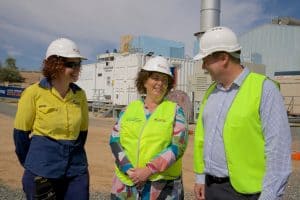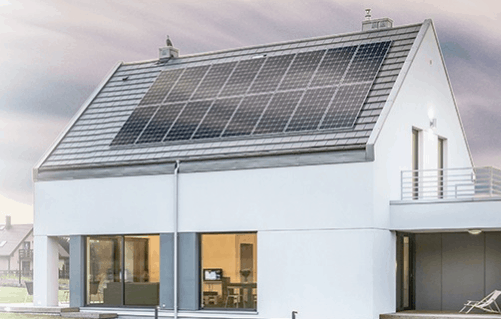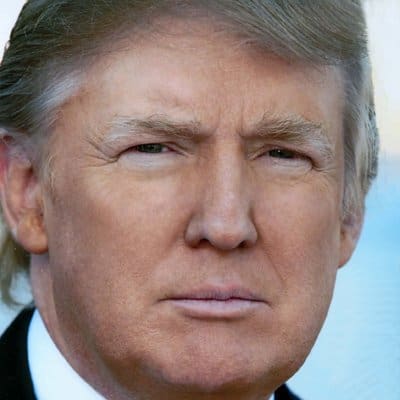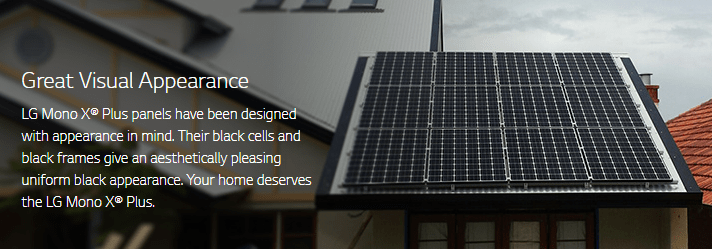Vicinity Centres, who will provide 31MW of clean energy to 22 shopping centres and their retailers by the end of the year, is trialling bifacial solar panels to see how that will affect their choices for stage 3 of Vicinity’s solar program.
Bifacial solar panels for commercial solar.
According to an article in PV Magazine, the first bifacial panels were installed at Kurralta Central Shopping Centre to get a better yield from their available roof space. Initial tests showed 6-8% to 16-18% increased output (they tried a bunch of different locations and coatings on the roof to maximise output).
“It’s early days,” said Renae Sambrooks, General Manager of Energy and Commercial Management for Vicinity, “but results from Kurralta made us feel confident enough to install bifacials in three more centres.
“Over the next few months results of those trials will help us make decisions around our Stage 3 solar program,” she said in comments quoted in PV Magazine.
We’ve reported fairly comprehensively about Vicinity Centres and solar investment in the past – we’re also taken a look at the Stockland shopping centres and their commercial solar investment.
“As of today,” Sambrooks said, “we’ve produced 2.5MWh of clean energy from 13MW of installed capacity and we’re in the process of constructing the next 18 MW, which will be completed by the end of 2019.”
There are a few other bifacial solar panels available:
- LG390N2T Bifacial
- Trina Solar’s DUOMAX 60-cell panels with clear EVA
- Sunpreme HCT panels (GxB 520, GxB 390, GxB 330)
An article in Green Tech Media notes that the bifacial PERC modules can boost performance by a staggering 27%.
The Bifacial Solar Panels at Kurralta are one of the first steps Vicinity Centres are making to end up with their 31MW of renewable energy output – Sambrooks discussed the long term goal:
“Our vision was to create intelligent energy destinations. We’re not just whacking solar panels on roofs. It’s a long-term investment and we’re always thinking how we can sweat the solar installations and all our other energy initiatives to make a return.”
Still very early days, so we’ll keep you updated how they go with the testing and what Vicinity decide to do with regards to commercial solar panels.





